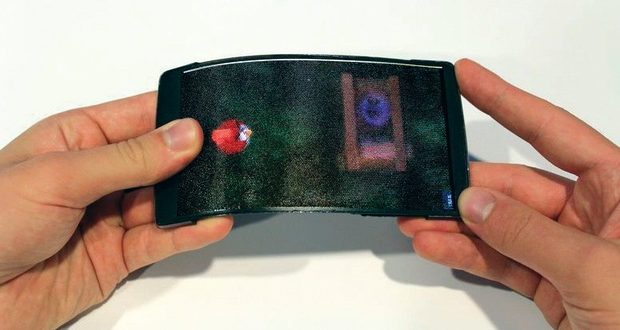In the past couple of years, smartphones really haven’t changed much. Sure, they’re faster, have higher resolution, take clearer photos, but the core idea hasn’t changed at all.
However, this may all change very soon. Researchers at Queen’s University Human Media Lab in Australia created Holoflex. It’s a holographic, flexible phone with a display that will change all future smartphones. The display will project holograms, without the need of 3D glasses or any kind of equipment.
To make the hologram a reality, the phone’s display is covered by more than 16,000 lenses that bend the light from the screen. The curvature of each lens shows a different part of the image as you change the angle that you’re looking through.
Even though the screen underneath is 1920×1080, after all the fisheye lenses, the resolution is a disappointing 160×104. It’s not impressive, but it’s a big step forward to making 3D videos or simple 3D games.
The phone is still everything you expect it to be, it does what you want, has a 1.5GHz processor and 2 GB of RAM, and runs Android Lollipop.
The tech won’t be in smartphones for more than a decade, but this is the start to something big. The Holoflex will be presented at ACM CHI 2016 on May 9.
 Tempus Magazine By Students, For Students
Tempus Magazine By Students, For Students 



